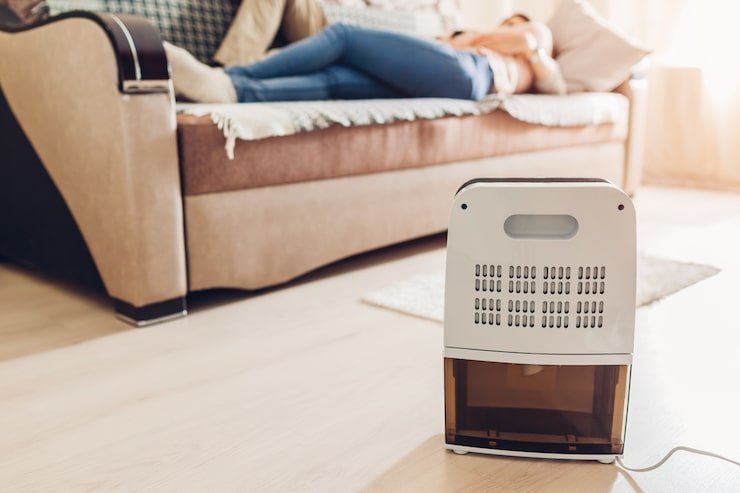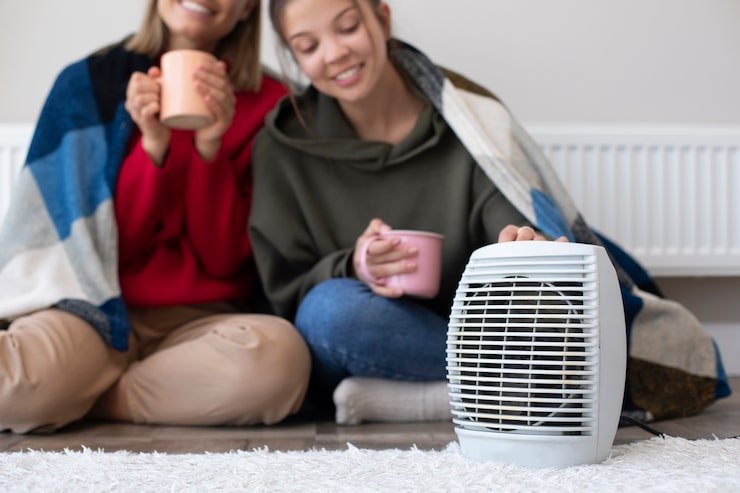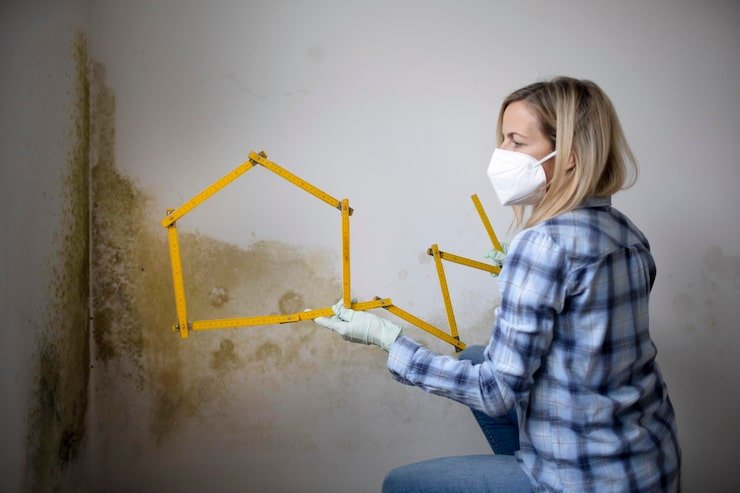The Hidden Dangers of Poor Indoor Air Quality (And How to Detect Them)
- admin323029
- Blog

Indoor air quality is something most homeowners overlook—until it starts affecting their health. We seal our homes tightly to keep the weather out, especially during the long winters in Massachusetts and New Hampshire, but in doing so, we often trap pollutants inside. These pollutants can be invisible, odorless, and harmful over time.
This blog explores the hidden dangers of poor indoor air quality and offers simple, reliable ways to detect and fix them. Whether you’re living in a historic home in Boston or a modern build in Nashua, understanding what’s in your air is essential to protecting your family’s health.
What Is Indoor Air Quality and Why Does It Matter?
Indoor air quality (IAQ) refers to the cleanliness and health of the air within your home or building. It’s influenced by a variety of factors: ventilation, humidity levels, the presence of pollutants, and more. Common indoor air pollutants include mold spores, volatile organic compounds (VOCs), carbon monoxide, radon, and pet dander.
Good indoor air quality supports respiratory health, improves sleep, and reduces the risk of long-term illness. On the other hand, poor IAQ can lead to fatigue, headaches, asthma attacks, and in severe cases, even cancer. That’s why regular air quality testing is one of the most important steps homeowners can take.
H2: Detecting Poor Indoor Air Quality Through Professional Air Quality Testing
The most accurate way to detect poor IAQ is through air quality testing. Professionals use equipment to assess levels of harmful particles and gases inside your home. Testing includes measuring levels of humidity, detecting mold spores, and identifying chemical pollutants like VOCs and formaldehyde.
In Massachusetts cities like Lynn, or in more rural New Hampshire areas such as Keene, home construction styles and environmental exposure vary—but poor air can exist anywhere. Air quality testing provides a clear picture of what you’re breathing and how it might be affecting you.
The Hidden Dangers Lurking in Your Indoor Air
1. Mold and Mildew
Mold grows silently in damp, hidden places—basements, attics, behind drywall, or under carpeting. Even small amounts of mold can release spores into your air that cause sneezing, coughing, skin irritation, or worse. If you smell a musty odor or have water damage, you likely need air quality testing to assess mold levels.
2. Radon Gas
Radon is an invisible, odorless radioactive gas that seeps in from the soil beneath homes. It’s the second leading cause of lung cancer in the U.S. Homes in New Hampshire, especially those with basements, are at increased risk. Testing for radon is part of comprehensive indoor air analysis and is strongly recommended by the EPA.
3. VOCs and Off-Gassing
New flooring, furniture, and paints can release volatile organic compounds (VOCs) into the air. These chemicals have been linked to headaches, respiratory irritation, and long-term neurological effects. Without air quality testing, you won’t know your exposure level—especially if you’ve recently renovated your home in Massachusetts.
4. Carbon Monoxide
A faulty furnace or improperly vented appliance can leak carbon monoxide—a deadly gas with no color or smell. Even low-level exposure can cause confusion and dizziness. Regular air quality inspections help catch these dangers before they become life-threatening.
5. Allergens and Dust Mites
Pollen, pet dander, and dust mites thrive in indoor spaces, especially in tightly sealed homes. These allergens often trigger asthma and sinus problems. Testing your air helps confirm the source of symptoms and guides you toward effective filtration solutions.
Signs You May Need Air Quality Testing
You might not notice the dangers at first. But there are warning signs:
-
You or your family frequently feel tired, sick, or congested at home.
-
You smell musty, chemical, or stale odors.
-
You’ve recently renovated or moved into a new home.
-
You notice more dust, moisture, or mold spots on walls.
-
Your HVAC system hasn’t been inspected or cleaned in years.
If any of these apply, air quality testing is the next best step. Testing is quick, cost-effective, and provides peace of mind.
How to Improve Indoor Air Quality
After you’ve identified issues through testing, you can take action:
-
Use HEPA air purifiers in bedrooms and living spaces.
-
Improve ventilation by opening windows when weather allows.
-
Fix leaks and use dehumidifiers in basements or damp areas.
-
Switch to low-VOC cleaning and building products.
-
Schedule regular HVAC maintenance and filter replacements.
For residents in Massachusetts and New Hampshire, the changing seasons mean that your home environment changes, too. What works in summer may not be enough in winter. That’s why ongoing monitoring matters.
Trust Local Experts for Air Quality Testing in Massachusetts and New Hampshire
At Elite Home & Mold Inspections, we specialize in air quality testing for homes across Massachusetts and New Hampshire. Our certified experts understand the regional challenges—cold winters, older homes, moisture issues—and tailor inspections to meet your needs.
With over 20 years of experience, we provide testing for mold, VOCs, radon, and more. You’ll receive a detailed report with recommendations to make your home healthier and safer.
Take the First Step Toward Cleaner Air
You can’t fix what you can’t see. Air quality testing gives you a clear understanding of your indoor environment and helps you act before problems grow worse. Whether you’re in a Boston suburb or a quiet New Hampshire town, don’t ignore the air you breathe every day.
Schedule your air quality test today and take the first step toward better indoor health. Your family—and your lungs—will thank you.
FAQs About Air Quality Testing
1. What is air quality testing, and how does it work?
Air quality testing is a process where professionals assess indoor air for contaminants like mold, VOCs, and carbon monoxide. Specialized tools measure pollutant levels, and lab analysis provides accurate results.
2. How often should I test the air in my home?
In areas like Massachusetts and New Hampshire, where seasonal changes affect ventilation, it’s best to schedule air quality testing every 2–3 years, or sooner if symptoms arise.
3. Can poor indoor air quality affect my health long term?
Yes. Long-term exposure to pollutants like radon, mold, and VOCs can cause chronic respiratory problems, neurological issues, and even cancer. Regular testing helps you catch issues early.
4. Is professional air quality testing better than DIY kits?
Absolutely. While DIY kits offer basic insight, professional air quality testing provides lab-verified results and a full picture of what’s in your air—something home tests can’t match.
5. What do I do if my home fails an air quality test?
Your inspector will provide recommendations, such as installing air purifiers, fixing moisture problems, or improving ventilation. In some cases, professional mold removal or radon mitigation may be necessary.
Are you worried about the cleanliness of your space?
Let us help you! Cleaning services are our specialty, and we offer a complete range of cleaning and maintenance services. Get a free estimate!




